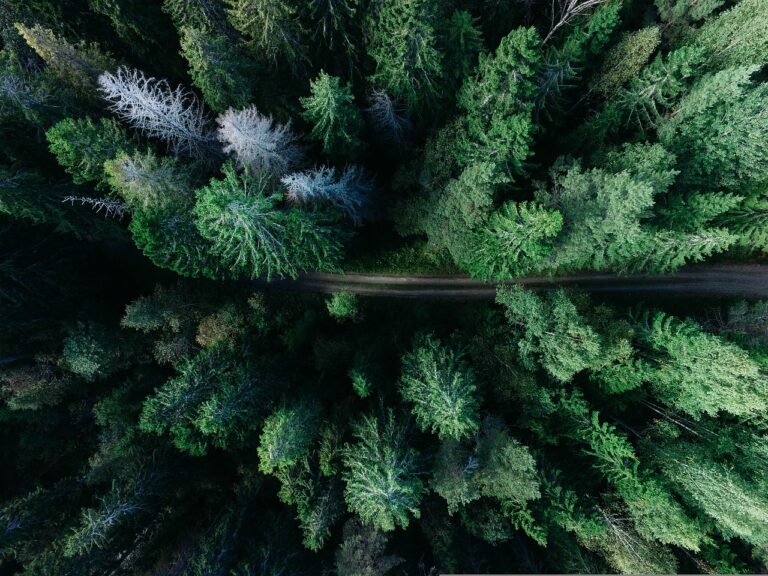According to a United Nations Food and Agriculture Organization (FAO) report, deforestation accounts for about 10% of all greenhouse gas emissions. That’s as much as the entire transportation sector.
The good news is that companies are developing technologies like the deforestation-fighting drones that can reverse this trend by planting millions of trees at once.
Table of Contents
The deforestation-fighting drones strategy
Deforestation-fighting Drones are autonomous. They can be programmed to fly to a specific location, plant seeds at a specific depth, and then fly at a specific height once they reach their destination.
It’s easy to imagine how the seed-planting drone’s strategy could be applied to other landscapes worldwide. There are plans for future drone projects in Africa and Asia — two continents where deforestation is also a major issue.
How severe is the global deforestation situation?
The bad news is that deforestation is a major contributor to climate change, biodiversity loss, soil erosion and pollution, water pollution, and air pollution. The good news? There are plenty of ways to fight this problem from the ground up or the sky down.
Deforestation is the leading causes of species extinction around the world. As forests disappear at an alarming rate due to human activities like agriculture and development, it’s estimated that we could lose 75% of all forest cover by 2050 — which would lead to massive impacts on our environment in many ways. For example:
Deforested land absorbs less carbon dioxide than healthy forests. This makes deforestation a major contributor to climate change overall – not just because trees absorb CO2 but also because when they get cut down, they release stored carbon into our atmosphere – which contributes directly or indirectly depending on their location relative to their source.
Deforestation reduces biodiversity, which means fewer plants and animals are left for humans too. If we don’t protect these ecosystems now, future generations might have nothing left but concrete jungles.
Biocarbon engineering drones
Biocarbon Engineering Drones are drones that can plant thousands of seeds per day.
The company behind the drones, Biocarbon Engineering, was founded by a group of passionate environmentalists. They aim to use innovative technology to help protect the planet’s forests.
The company has already created a fleet of drone aircraft that uses artificial intelligence and GPS technologies to locate areas where trees have been felled and plant new ones. The drones can also monitor forests for illegal logging activity or fires.
Environmental technology for ecosystem restoration
Dedra Systems intends to plant 1 billion trees per year to combat deforestation. The company uses data-driven ecological analytics to manage the ecosystem restoration process.
“Our technology is designed to help restore an ecosystem by applying data science, machine learning, and artificial intelligence,” said Susan Graham, chief executive officer at Dedra Systems. “We’re working with partners in the conservation community to restore critical ecosystems that are shrinking because of deforestation.”
Dedra’s platform includes software tools for monitoring, managing, and analyzing land-use data collected from satellites, drones, and other sources. The company also provides data analytics software that allows users to analyze satellite images of forests and drone footage of trees to detect areas where reforestation efforts might be most effective.
“We’ve developed a unique approach for understanding the impact of deforestation,” said Graham. “With our technology, we can identify areas that need reforestation efforts and target those areas for reforestation activities.”
Deforestation-fighting drones and climate change
We’re excited to see what the future holds for biocarbon engineering drones, and we hope these deforestation-fighting drones will help us fight back against deforestation and climate change. The technology is still in its early stages, but it’s exciting to imagine all of the ways we might use this new tool.
Read also: “Greenwashing”: what is it, how to spot it and 3 practical examples












